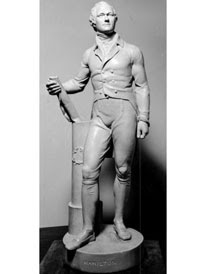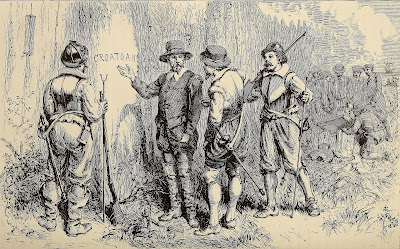Hello, dear readers. Many of you will know of my recent obsession with finding historical fiction novels set in the early 19th century, and I am excited to share one with you today. Yellow Bird's Song explores the history of the Ridge family and the fate of the Cherokee tribe. Author Heather Miller shares an excerpt with us.
Welcome, Heather!
~ Samantha
~~~~~~~~~~~~~~~~~~~~~~~~~
Yellow Bird's Song: An Excerpt
Guest Post by Heather Miller
Sarah Northrup Ridge, Near New Echota, Cherokee Nation East, 1827
Orchards greeted us in neatly planted rows, dense with peaches and apples, creating a fragrance in the air like home. Servants’ quarters bordered the tree line of flat valley land surrounding Diamond Hill. Joe Vann’s large manor, a two-story brick home with expensive glass windows and large white columns, held verandas on the front and the rear of the house. There were corncribs, smokehouses, and outbuildings for weaving and cooking. Given the abundant number of horses and carriages, many attended. A surge rushed through me, nerves on fire, reminding me of the importance of the event, framed by the fear I’d make a mistake.
Our carriage rolled through Vann land between a row of walnut trees bordering endless green pastures. Black and white cows, silent sentinels, gnawed grass and watched as we passed, undisturbed. As the horses pulled us the last distance, I saw an open door at the side of the house. From it, trails of servants carried trays and crockery from the exterior kitchen to the main house near white linen tablecloths and white-washed ladderback chairs in neat rows. Their movement reminded me of fire ants seeking sweets, and, in a line, returning to their self-constructed dirt abodes. Other servants turned a pig on an open fire, slaughtered for the occasion. The smell of salt and fat from the roasted meat mingled with the aromatic sweet apples hanging on the trees. The bees hummed louder amidst such plenty.
Most whites were surprised to know slavery existed among the Cherokee. John and I argued over the institution. The Ridges treated their servants like family. However, their will to choose their lives was the identical desire of John’s people, fighting for God-given liberty to govern themselves. While we still lived with his family, I could do little but speak to my husband and pursue change. But I knew a time would come when America and the Cherokee Nation must make the moral choice, no matter the economic difficulty such a choice might bring.
Once I stepped from the carriage, John held my gloved hand and said, “I’m instituting the wink law.” John’s top hat shaded half of his face, so I couldn’t see his eyes in the bright sunlight. I predicted his expression from his carefree tone. “Are you familiar, Mistress Ridge?” he asked.
“I am not, Mister Ridge. However, I would hate to violate without intention.”
“Ignorance of the law is no excuse. It is in the Constitution.”
“I’m aware.” I grinned.
“One wink means I have ten minutes to end my conversation and take you home.”
“What does a whole blink mean?” I asked.
I surprised him with my question. “I don’t know. You have something in your eye?”
“A whole blink means I’m proud of you and content to remain by your side, but thank you for saying so. You know I am worried about leaving Rollin and Clarinda with Honey. She can manage one, but if Rollin wails…”
“Amendment duly noted, Mistress Ridge.” He rechecked his watch. “I’ll have you back to our children in hours.” His promise was sincere, just under the surface of his sarcasm.
I pulled him close so I could whisper. “Promise me you won’t leave me alone too often.” For a man so aware of time, he lost hours debating politics.
“Agreed. I hope we get to mingle with the many guests in the time we have. Some have traveled great distances and are new here.”
Major and Mother followed us into the sunlight. A row of white women adorned in a rainbow of pastels held fast to their matching parasols with white-gloved hands and whispered about the heat while their white-breeched, black-booted husbands stood in small circles gesturing about important matters. White pipe smoke hazed around their heads.
Shirtless Cherokee separated themselves by sitting on their heels on the ground. Cherokee women walked through the guests with red and purple baskets in their arms and yellowed gourds slung from leather straps around their necks. Like John’s family, wealthy Cherokee slipped easily between these two groups. As for me, I did not know where I’d fit in this mix of classes and attitudes.















































